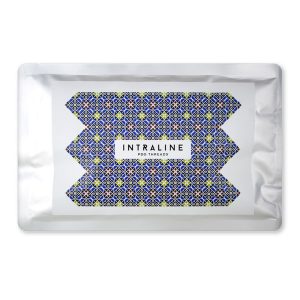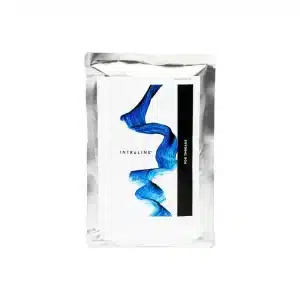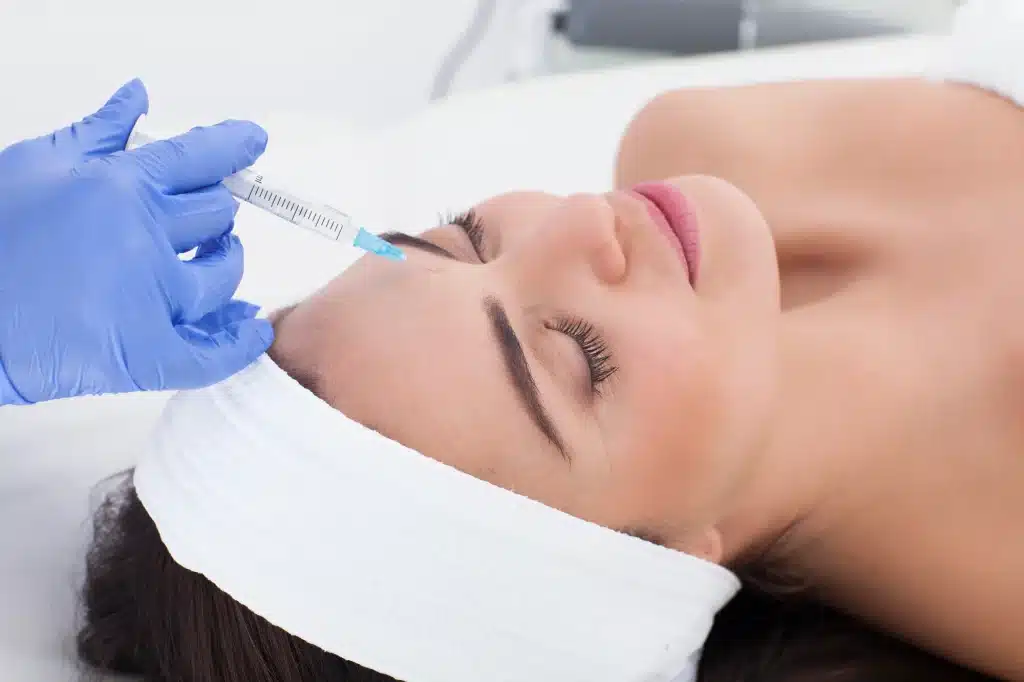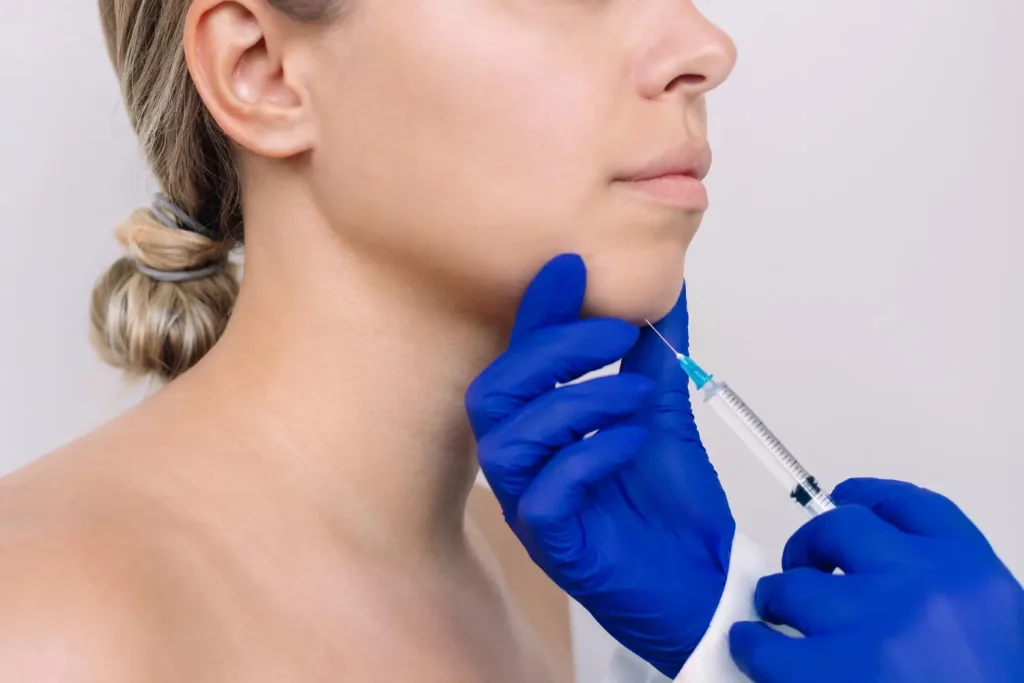PDO thread lifts have gained popularity as a minimally invasive alternative to traditional facelifts. They deliver impressive skin-lifting results with minimal downtime. Studies show a 90% success rate, making this procedure a trusted option for those seeking a more youthful, rejuvenated appearance without surgery.
Using polydioxanone (PDO) threads, this treatment provides both immediate lifting and long-term collagen stimulation, enhancing skin firmness, elasticity, and texture over time. The before and after transformations showcase the remarkable ability of PDO threads to restore natural contours, smooth fine lines, and improve skin tone.
In this article, we’ll explore PDO threads before and after results, helping you visualize the potential improvements and make an informed decision about this innovative treatment.
Key Takeaways
- PDO threads are dissolvable sutures that lift and tighten sagging skin while stimulating collagen production for long-term improvement.
- Common treatment areas include the face, neck, and jawline, with results that gradually enhance over several months.
- The procedure has minimal downtime, though some swelling, bruising, or tenderness may occur temporarily.
- Results typically last 6 to 12 months, depending on factors like skin type, lifestyle, and aftercare.
- Proper patient selection and post-treatment care play a crucial role in achieving optimal and long-lasting results.
About: Medical Spa RX provides medical practices with premium products at the best prices. If you’re looking to buy PDO Threads for your practice, the sales representatives at Medical Spa RX can give you guidance.
Understanding PDO Threads
PDO (polydioxanone) threads are biodegradable sutures that naturally dissolve within the skin over several months. These threads are strategically placed under the skin to provide an immediate lifting effect while stimulating collagen production.
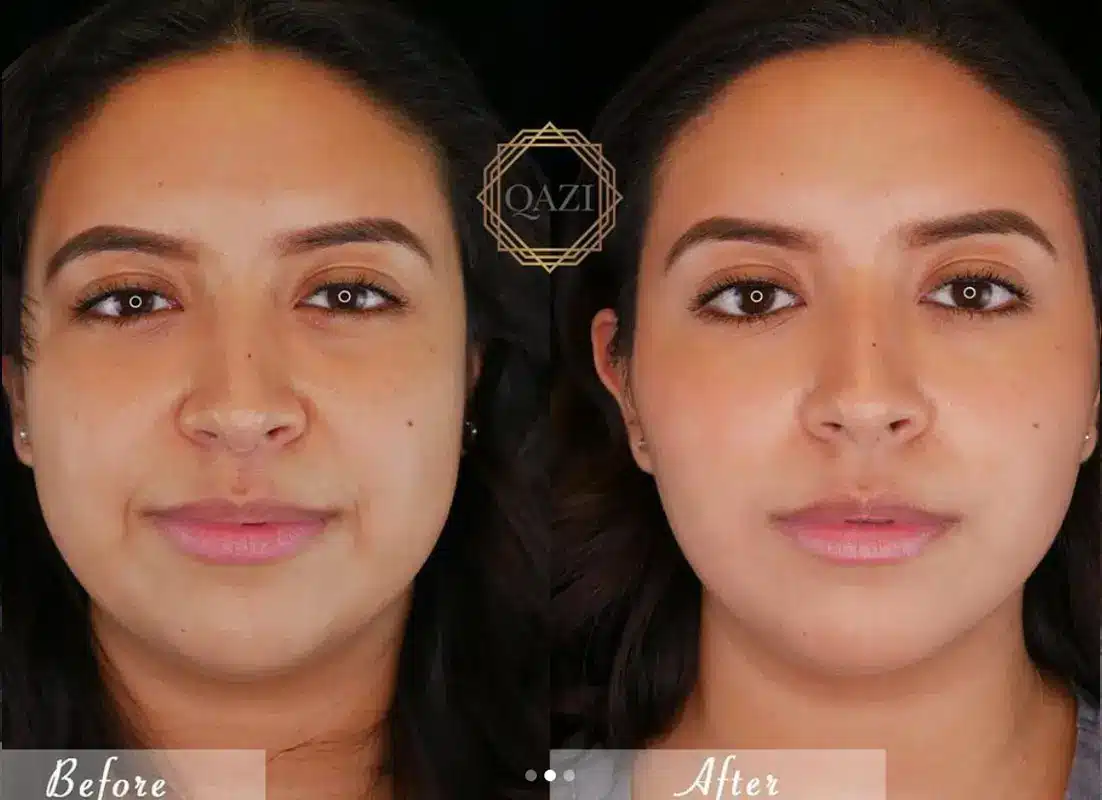
Image Courtesy of Qazi Cosmetic Center
As the threads dissolve, the new collagen framework maintains the skin’s firmness and structure. There are different types of PDO threads, including mono, cog, and screw threads, each serving specific aesthetic purposes.
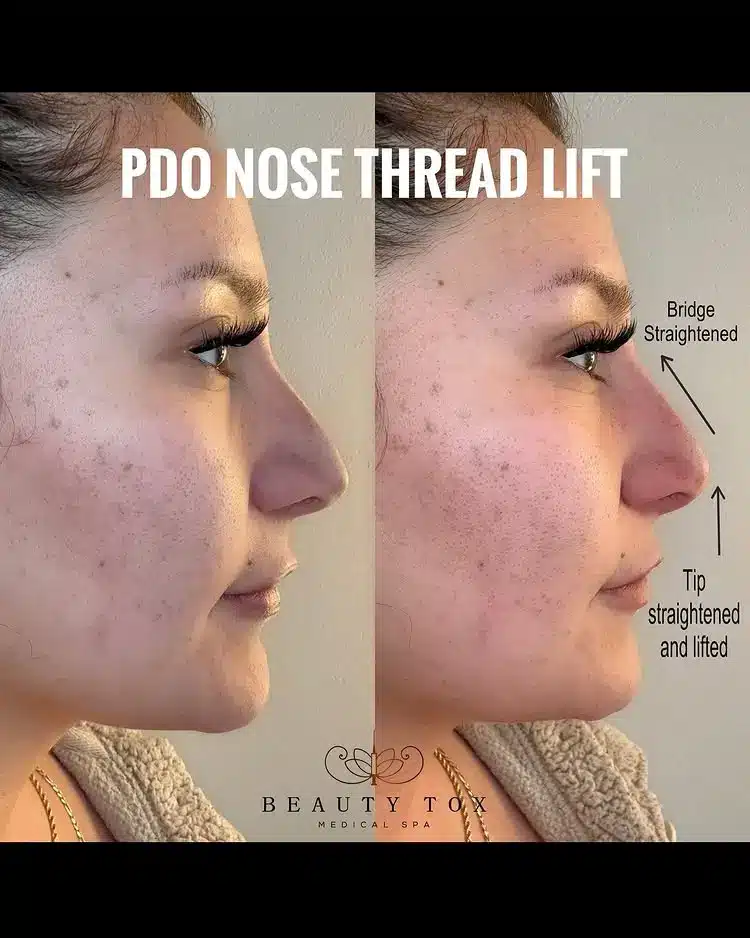
The overall effect is a more youthful, firmer appearance without the need for surgery.
Common Treatment Areas
PDO threads rejuvenate the face and body, providing a non-surgical solution for lifting and tightening sagging skin. The most commonly treated areas include:
- Face: Targets cheeks, jawline, nasolabial folds, marionette lines, and the under-eye area to restore definition and smooth fine lines.
- Neck: Helps tighten loose skin and enhance jawline definition for a more youthful appearance.
- Eyebrows: Creates a non-surgical brow lift, elevating the brows for a refreshed look.
- Body: Used for mild skin tightening in areas like the abdomen, arms, and knees, improving firmness and texture.
The selection of treatment areas depends on individual concerns, skin laxity, and the desired level of rejuvenation. Consulting a professional can help determine the most effective treatment plan.
Patient Selection Criteria for PDO Threads
PDO threads are ideal for individuals seeking a subtle lift and skin tightening without the downtime of surgery. This treatment enhances skin firmness and restores youthful contours, making it a great option for:
- Adults between 30 to 60 years old with mild to moderate skin sagging.
- Those with good skin quality and elasticity, which helps optimize results.
- Individuals who prefer a non-surgical alternative to a facelift.
- Patients with realistic expectations about the level of improvement.
- Those who do not require significant volume restoration, as dermal fillers may be a better option for adding lost volume.
A consultation with a skilled provider is essential to determine suitability for PDO threads. Careful patient selection ensures natural-looking results, improving facial definition while maintaining a refreshed and rejuvenated appearance.
Procedural Techniques in PDO Thread Lifts
PDO thread insertion involves precise placement beneath the skin to achieve lifting and tightening. Common techniques include:
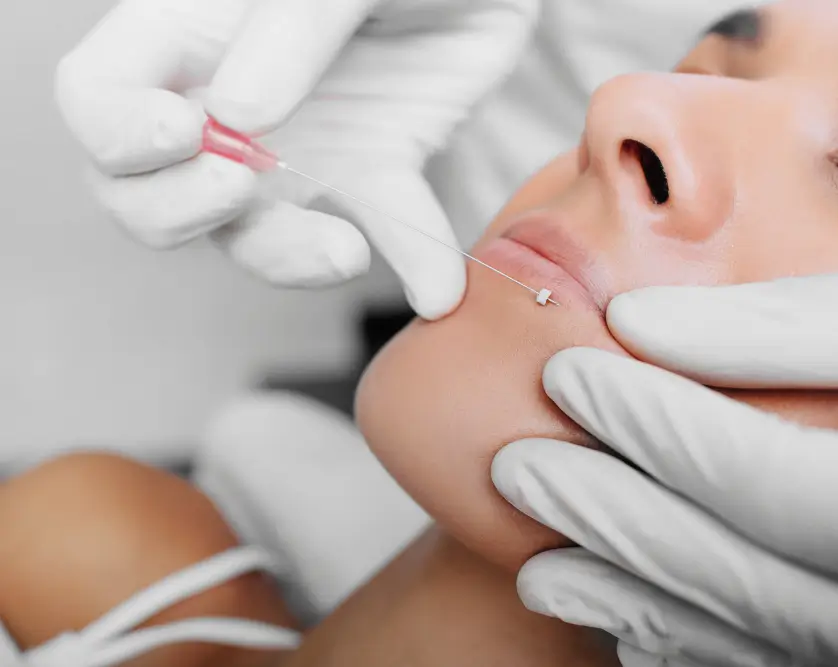
- Linear Threading: Straight-line placement for structural support and skin tightening.
- Mesh or Net Technique: Crisscross pattern to boost collagen production and firmness.
- Barbed Threads: Tiny hooks anchor the skin, creating an immediate lifting effect.
The choice of technique depends on the treatment area and patient goals. A skilled provider customizes the approach for optimal results, ensuring natural-looking rejuvenation and long-lasting benefits. Proper technique selection enhances effectiveness and patient satisfaction.
Post-Procedure Care for PDO Threads
Following proper aftercare after a PDO thread lift is crucial for optimal healing and long-lasting results. To minimize discomfort, reduce swelling, and enhance the treatment’s effects, patients should follow these essential guidelines:
- Avoid touching or massaging the treated area for at least a week.
- Keep the head elevated for the first 48 hours to minimize swelling.
- Limit facial movements, strenuous activities, and heavy lifting for two weeks.
- Refrain from alcohol and smoking, as they can hinder collagen production.
- Apply cold compresses to reduce swelling and discomfort.
- Follow all post-procedure instructions provided by your provider.
Adhering to these guidelines promotes a smoother recovery and ensures the best possible results. Contact your provider if you experience unusual symptoms.
Managing Common Side Effects
Mild side effects are common but temporary after a PDO thread lift. Bruising and swelling are common and should gradually fade. Over-the-counter pain relievers can usually manage tenderness or soreness. Some patients may notice slight asymmetry, but this often resolves as the swelling decreases.
Following post-procedure care instructions, such as staying hydrated, avoiding strenuous activities, and keeping the treated area clean, is essential to promote a smooth recovery and minimize discomfort.
However, if you experience severe swelling, persistent pain, or signs of infection, contact your provider promptly for evaluation. Most patients enjoy a smooth healing process and natural-looking results with proper aftercare.
Expected Results at Various Intervals with PDO Threads
Patients notice an initial lifting effect immediately after the procedure. However, mild swelling and bruising can temporarily mask results. Skin may feel slightly tight or tender for a few days.
- 1 Month: By the first month, swelling has resolved, and collagen production is actively improving skin texture. Patients often notice subtle firming and smoother skin.
- 6 Months: At six months, collagen remodeling peaks, providing optimal tightening and lifting. The skin appears firmer, with improved elasticity and reduced fine lines.
- 12 Months: Most PDO threads have fully dissolved, but the collagen structure they stimulated remains. Results gradually fade, and maintenance treatments may be required to sustain the benefits.
While results vary between individuals, proper aftercare and maintenance treatments can extend the benefits of PDO threads. Regular consultations with a qualified provider help assess progress and determine the need for touch-ups.
Addressing Common Patient Concerns About PDO Threads
Patients often have concerns about PDO thread lifts, including questions like, “Do PDO threads dissolve?” as well as potential side effects, asymmetry, and treatment longevity. Understanding these common issues helps set realistic expectations, ensuring a smoother experience and greater satisfaction with the results.
- Bruising and Swelling: Mild and temporary, usually fading within days. Cold compresses and arnica help reduce discomfort.
- Asymmetry: Common post-procedure due to swelling; typically resolves in weeks. Persistent cases may need adjustments.
- Longevity of Results: Lasts 6–12 months, influenced by skin quality and lifestyle. Touch-ups maintain effects.
Conclusion
PDO thread lifts provide a minimally invasive solution for lifting and tightening the skin, delivering natural-looking results with minimal downtime. The key to achieving optimal outcomes lies in selecting the right candidates, ensuring a skilled provider performs the procedure, and following proper aftercare.
While the threads themselves are temporary, they stimulate long-term collagen production, enhancing skin firmness and elasticity over time. For those seeking a non-surgical approach to facial rejuvenation, PDO threads offer a safe and effective way to achieve a refreshed, youthful appearance.
FAQs
1. What are PDO threads?
PDO (polydioxanone) threads are dissolvable sutures used in non-surgical thread lifts to lift and tighten sagging skin while stimulating collagen production.
2. How long does the procedure take?
The procedure typically takes 30-60 minutes, depending on the number of threads used.
3. Is the procedure painful?
Patients may feel mild discomfort, but local anesthesia ensures a relatively painless experience.
4. Can PDO threads be combined with other treatments?
PDO threads can be combined with fillers, Botox, or other skin treatments for enhanced results.
References
Hong GW, Wan J, Yoon SE, Wong S, Yi KH. Pre- and Post-Procedural Considerations and thread types for thread lifting. Life. 2025;15(1):85. doi:10.3390/life15010085
What to know about a thread lift. WebMD. Published February 27, 2024. https://www.webmd.com/beauty/what-to-know-thread-lift

